The Karate Kid Part II: Themes, Characters, And Legacy

Table of Contents
Exploring Cross-Cultural Themes in The Karate Kid Part II
The Karate Kid Part II transcends a simple martial arts film; it's a compelling exploration of cross-cultural understanding. The film masterfully blends American and Okinawan cultures, showcasing both their differences and the potential for harmony.
East Meets West: A Cultural Collision
The film beautifully depicts the clash and harmony between American and Okinawan cultures. Daniel's journey to Okinawa presents a fascinating study in cultural exchange. He faces numerous challenges adapting to a new environment with vastly different customs and traditions.
- Examples of cultural clashes: Daniel's initial struggles with the formal Okinawan etiquette contrast sharply with his more casual American upbringing. The differing views on discipline, honor, and conflict resolution between the two cultures create friction and tension, particularly with the antagonist, Chozen. The way disagreements are handled—through direct confrontation in America versus more subtle, indirect approaches in Okinawa—highlights these cultural differences.
- Daniel's adjustment to Okinawa: His journey isn't just about learning karate; it's about learning to navigate a completely new cultural landscape. He grapples with language barriers, unfamiliar social customs, and the expectations placed upon him as Mr. Miyagi's student. This process of adaptation and understanding is central to the film's theme of cross-cultural exchange.
- Portrayal of traditional Okinawan customs: The film showcases traditional Okinawan customs, like the importance of family, respect for elders, and the significance of traditional ceremonies. This provides a rich backdrop to the story, enriching the viewers' understanding of Okinawan culture. The portrayal of Okinawan culture, with its unique traditions and values, provides depth and complexity to the narrative.
The Importance of Family and Mentorship
Beyond the karate training, The Karate Kid Part II explores the profound bond between Mr. Miyagi and Daniel. Their relationship extends far beyond a simple teacher-student dynamic, becoming a powerful example of mentorship and the importance of family—both blood relations and chosen family.
- Mr. Miyagi’s backstory and its impact: The film reveals elements of Mr. Miyagi’s past, showing his own experiences with loss and the enduring impact of family. This backstory adds layers of complexity to his relationship with Daniel, explaining his protective nature and his deep-seated commitment to mentorship.
- Mentorship beyond karate training: Mr. Miyagi’s guidance extends far beyond karate techniques. He teaches Daniel valuable life lessons about resilience, honor, respect, and the importance of cultural understanding. This mentorship fosters emotional growth and helps Daniel navigate the challenges of adolescence.
- The significance of family: The film depicts a strong sense of family, both with Mr. Miyagi’s own family in Okinawa and the close-knit bond he and Daniel forge. This chosen family dynamic strengthens the themes of support, loyalty, and mutual respect. The extended family, including Mr. Miyagi's niece and her family, emphasizes the importance of community and interconnectedness.
Character Development and Performances in The Karate Kid Part II
The sequel’s enduring appeal is also due to its richly developed characters and nuanced performances. Each character undergoes a significant transformation, contributing to the film’s powerful message.
Daniel LaRusso's Growth and Transformation
Daniel's journey in The Karate Kid Part II isn't simply about winning karate tournaments. It's a story of personal growth, emotional maturity, and overcoming adversity. He confronts his own weaknesses and develops a deeper understanding of himself and the world around him.
- Daniel's challenges in adapting: His struggles to adjust to Okinawan culture push him to adapt and develop greater resilience and self-awareness. This character arc demonstrates his emotional maturity and personal growth.
- Evolving relationship with Mr. Miyagi: Their relationship deepens through shared experiences and challenges, reinforcing the powerful father-son relationship that develops over the course of the film.
- Romantic relationship with Kumiko: His relationship with Kumiko adds another layer of complexity to his character development, showcasing his emotional vulnerability and capacity for love.
- Confrontation with Chozen Toguchi: His final confrontation with Chozen represents the culmination of his personal growth, demonstrating his increased confidence and martial arts prowess.
Mr. Miyagi's Past and Present
The Karate Kid Part II sheds light on Mr. Miyagi's past, revealing hidden depths and complexities to this seemingly stoic character. This backstory enhances our understanding of his motivations and actions.
- Mr. Miyagi’s family history: The film’s exploration into Mr. Miyagi's family history, particularly his relationship with his father, provides crucial context for his character. This backstory explains some of his reserved nature and his strong sense of honor.
- Reasons for living in Okinawa: His choice to return to Okinawa isn't a random decision; it's deeply connected to his past and his need for personal reflection and reconciliation. Understanding his history and his reasons for living in Okinawa reveals his emotional complexity.
- Hidden strength and vulnerability: The film showcases both his incredible strength and his underlying vulnerability, making him a relatable and sympathetic character. This vulnerability humanizes him, making him even more compelling.
The Antagonist, Chozen Toguchi
Chozen Toguchi isn't simply a stereotypical villain; he's a complex character with understandable motivations, rooted in his own cultural context and past experiences.
- Chozen’s resentment towards Mr. Miyagi: His resentment stems from a deep-seated sense of injustice and a desire for revenge, adding depth and complexity to the conflict.
- Connection to the past: His connection to Mr. Miyagi's past helps to build the conflict and explain his actions. Understanding the historical context of their rivalry is crucial to comprehending Chozen's motivations.
- Cultural context of his actions: His actions are influenced by cultural factors and the unique dynamics of Okinawan society. His motivations should be understood within that context.
- Development as a villain: While he's clearly the antagonist, he's not a one-dimensional bad guy, adding layers to the narrative.
The Enduring Legacy of The Karate Kid Part II
The Karate Kid Part II has left an undeniable mark on popular culture, extending beyond its initial release. Its themes continue to resonate with audiences today.
Impact on Popular Culture
The film's influence is still felt today, demonstrating its lasting cultural impact.
- Impact on the martial arts genre: It helped shape the portrayal of martial arts in cinema, showcasing both the physical and spiritual aspects of the discipline.
- Contribution to cross-cultural understanding: The film's exploration of cultural differences and the potential for harmony has sparked discussions about intercultural relations.
- Legacy in popular culture: Its influence is evident in numerous subsequent films, television shows, and even the recent Cobra Kai series.
Themes of Redemption and Forgiveness
The film explores the crucial themes of redemption and forgiveness, adding profound depth to the narrative.
- Mr. Miyagi's path to forgiveness: Mr. Miyagi’s journey toward forgiveness highlights the power of letting go of past grievances and moving forward.
- Daniel's reconciliation with Chozen (implied): The film hints at the possibility of reconciliation between Daniel and Chozen, suggesting that even the deepest conflicts can be resolved through understanding.
- Importance of letting go: The film emphasizes the importance of letting go of past anger and resentment, paving the way for personal growth and healing.
Conclusion
The Karate Kid Part II transcends its status as a simple sequel, offering profound insights into cross-cultural understanding, personal growth, and the enduring power of mentorship. Its compelling characters, captivating story, and exploration of universal themes continue to resonate with audiences today, solidifying its place as a cinematic classic. Revisit The Karate Kid Part II and experience the timeless themes and captivating story for yourself. Explore the rich cultural tapestry and character development that make this film a must-see for fans of martial arts films and compelling storytelling. Discuss your favorite moments and interpretations of The Karate Kid Part II in the comments below!

Featured Posts
-
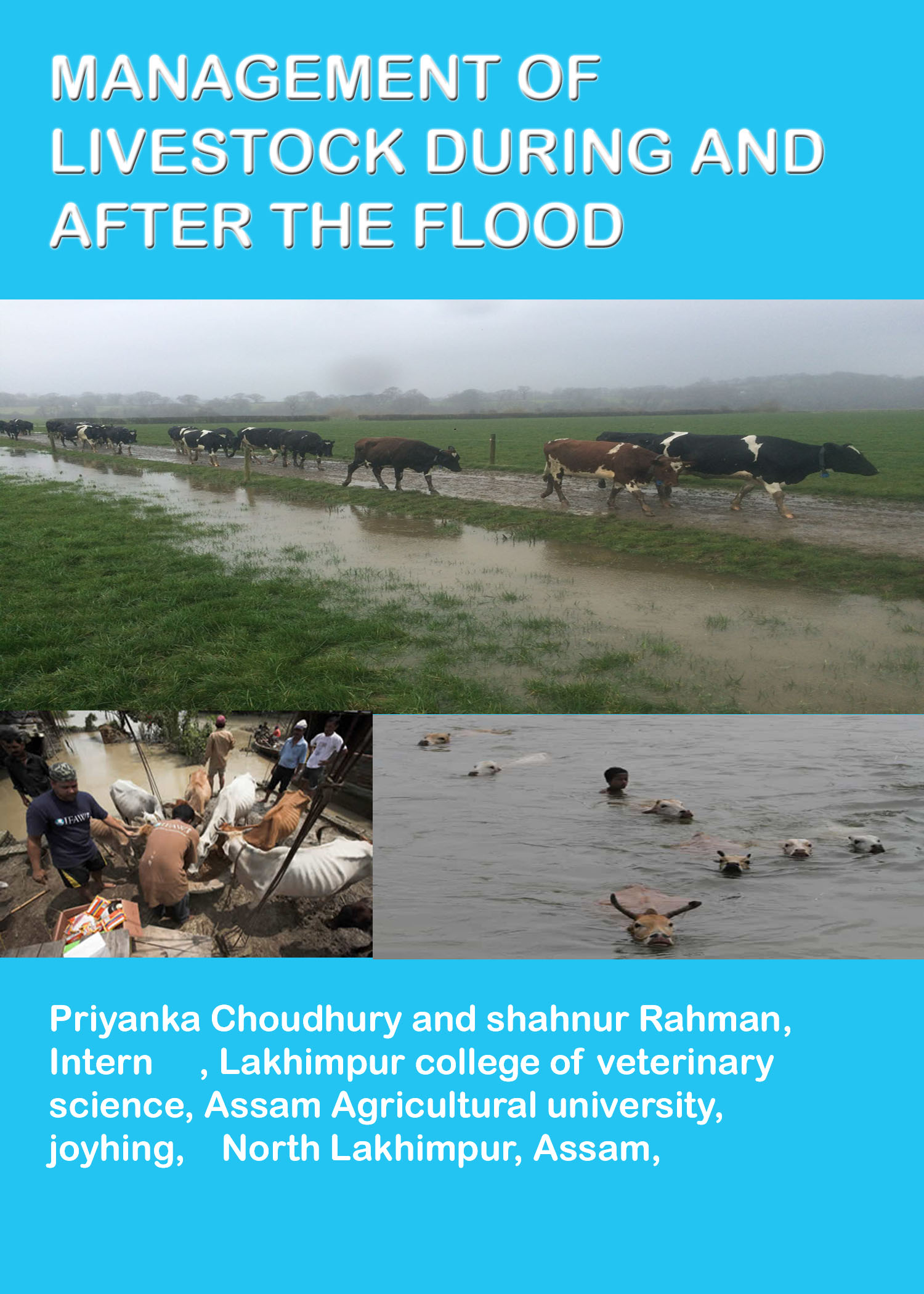 Assessing And Mitigating Flood Risks For Livestock
May 07, 2025
Assessing And Mitigating Flood Risks For Livestock
May 07, 2025 -
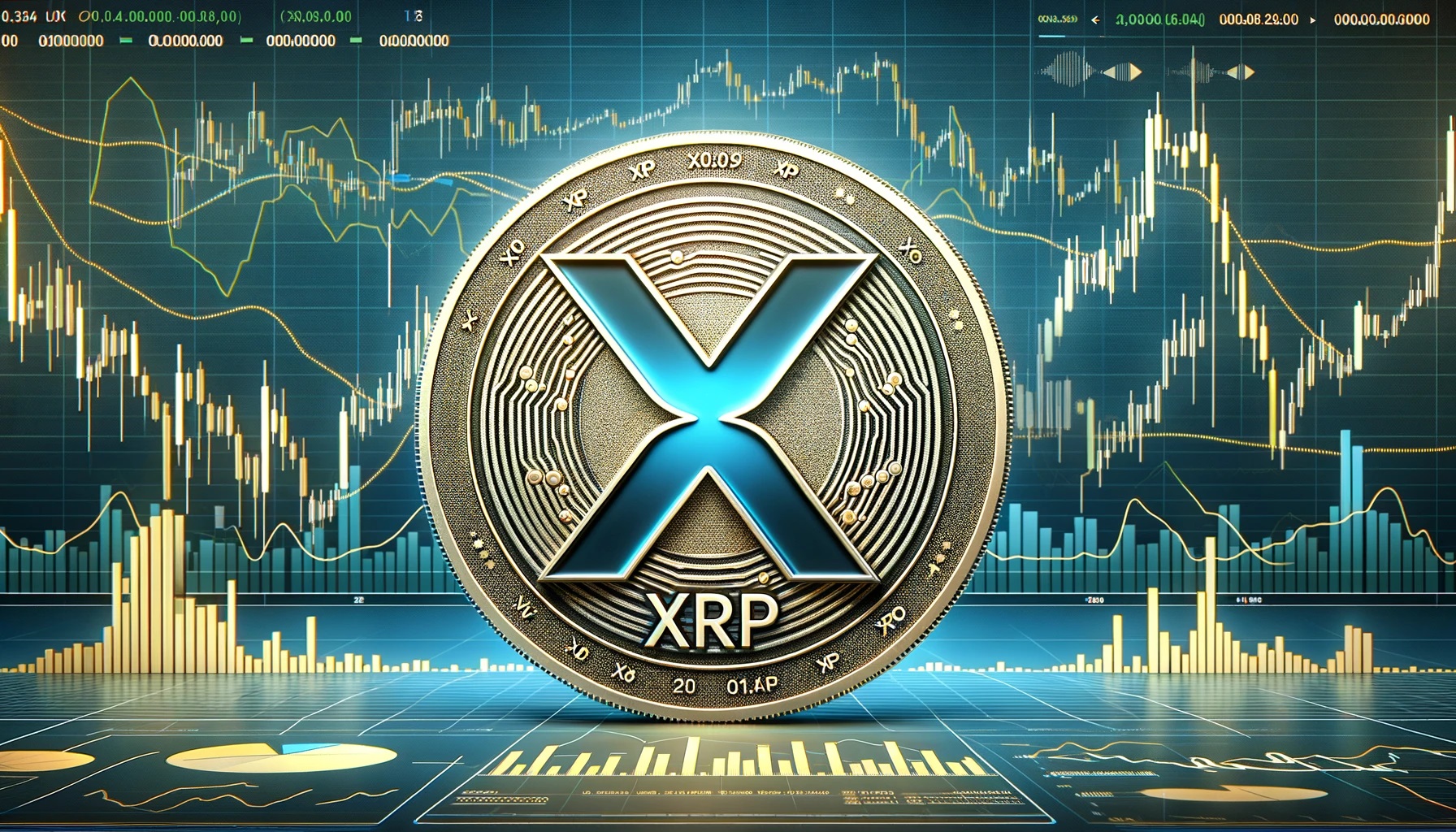 Xrp Ripple Investment A Realistic Look At Long Term Potential
May 07, 2025
Xrp Ripple Investment A Realistic Look At Long Term Potential
May 07, 2025 -
 Ravens Cut Justin Tucker Impact And Analysis Of The Release
May 07, 2025
Ravens Cut Justin Tucker Impact And Analysis Of The Release
May 07, 2025 -
 Choosing The Right Fuel Hydrogen Or Battery Power For European Bus Fleets
May 07, 2025
Choosing The Right Fuel Hydrogen Or Battery Power For European Bus Fleets
May 07, 2025 -
 April 9th Lotto Draw Winning Numbers And Jackpot Amount
May 07, 2025
April 9th Lotto Draw Winning Numbers And Jackpot Amount
May 07, 2025
Latest Posts
-
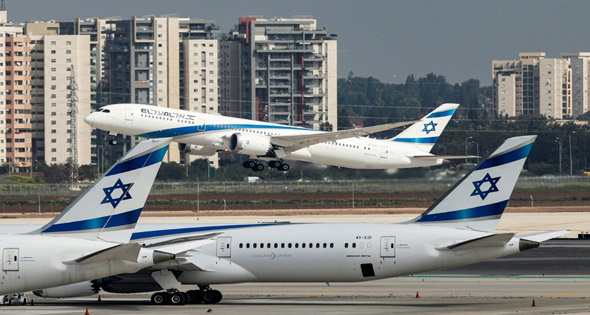 Mdhkrt Tfahm Jdydt Ltezyz Alrhlat Aljwyt Byn Ifryqya Walsyn Ebr Laram Walkhtwt Aljwyt Aljnwbyt Alsynyt
May 07, 2025
Mdhkrt Tfahm Jdydt Ltezyz Alrhlat Aljwyt Byn Ifryqya Walsyn Ebr Laram Walkhtwt Aljwyt Aljnwbyt Alsynyt
May 07, 2025 -
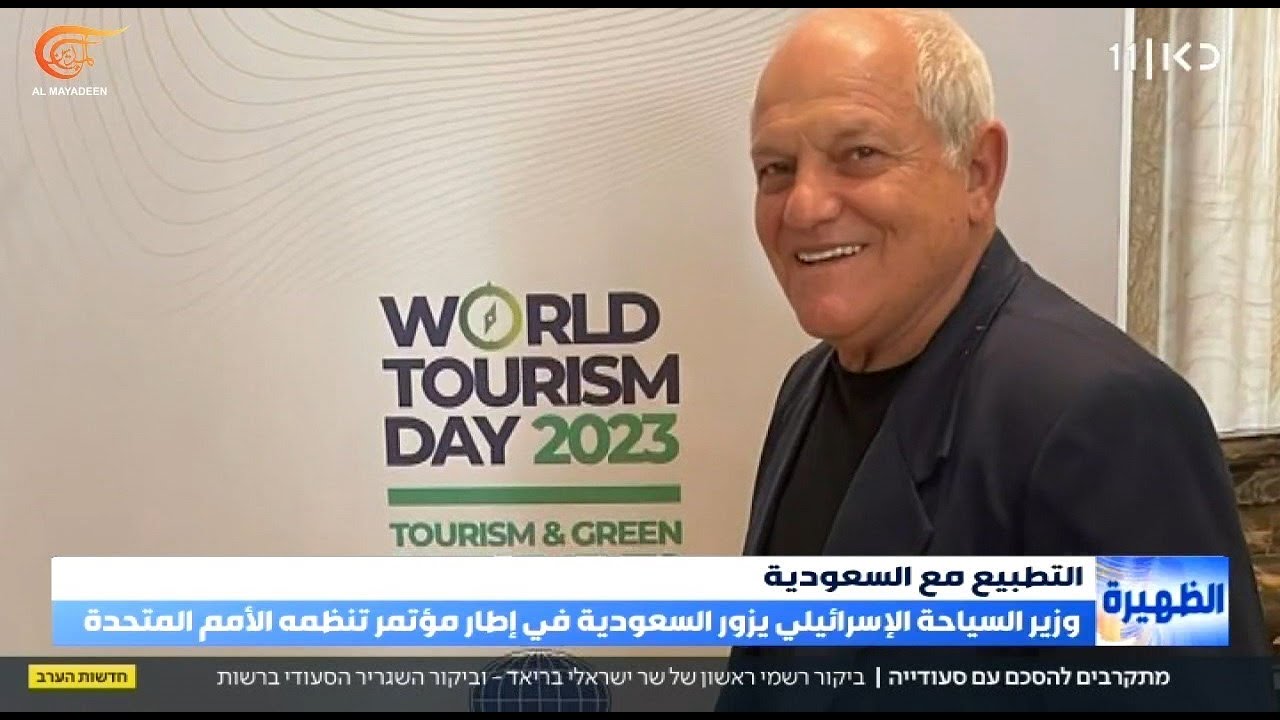 Laram Wimbratwr Ywqean Brwtwkwla Ltnshyt Alsyaht Albrazylyt
May 07, 2025
Laram Wimbratwr Ywqean Brwtwkwla Ltnshyt Alsyaht Albrazylyt
May 07, 2025 -
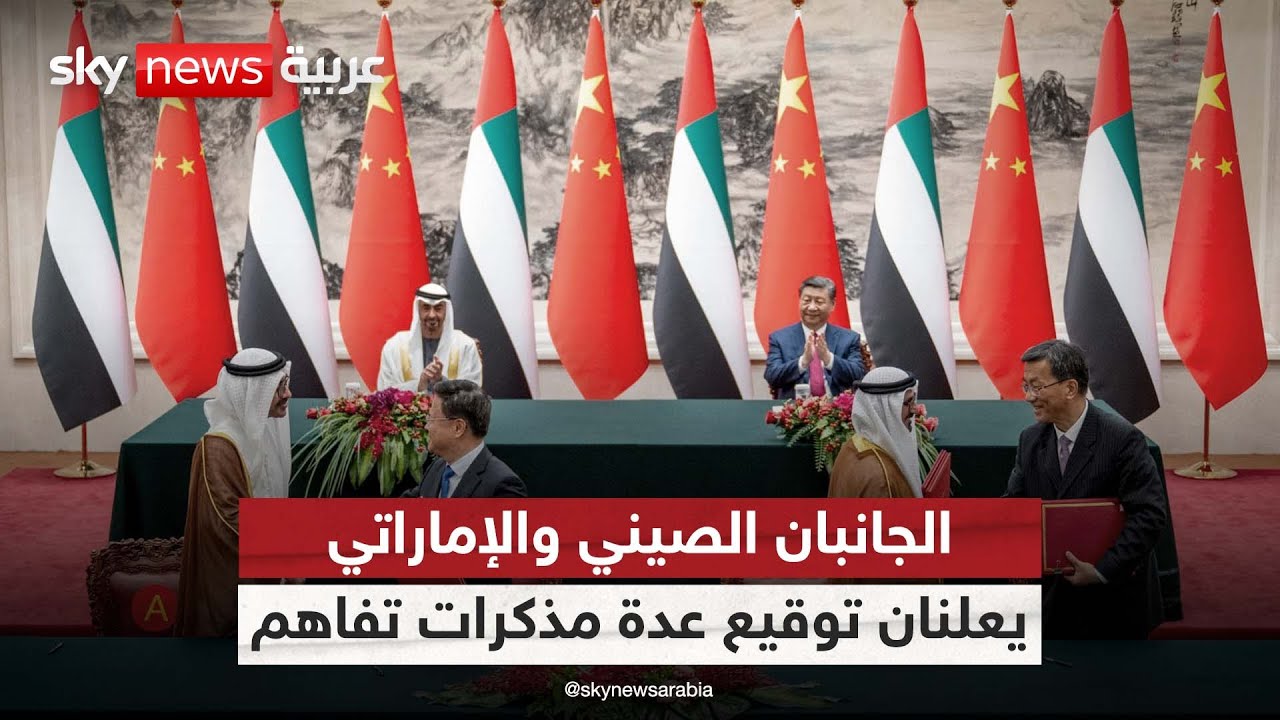 Laram Walkhtwt Aljwyt Aljnwbyt Alsynyt Twqean Mdhkrt Tfahm Lkhdmt Aswaq Ifryqya Walsyn
May 07, 2025
Laram Walkhtwt Aljwyt Aljnwbyt Alsynyt Twqean Mdhkrt Tfahm Lkhdmt Aswaq Ifryqya Walsyn
May 07, 2025 -
 Tezyz Alsyaht Fy Albrazyl Brwtwkwl Teawn Byn Laram Wimbratwr
May 07, 2025
Tezyz Alsyaht Fy Albrazyl Brwtwkwl Teawn Byn Laram Wimbratwr
May 07, 2025 -
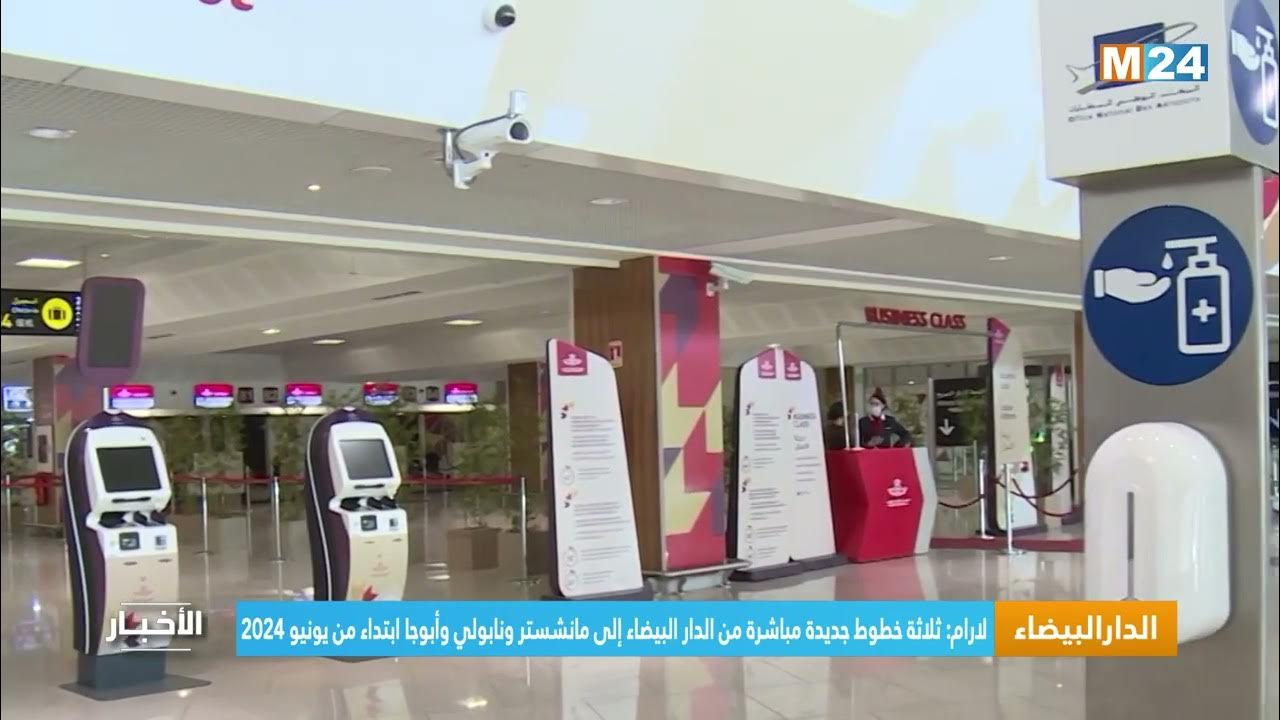 Rhlat Jwyt Akthr Byn Saw Bawlw Waldar Albydae Me Alkhtwt Almlkyt Almghrbyt
May 07, 2025
Rhlat Jwyt Akthr Byn Saw Bawlw Waldar Albydae Me Alkhtwt Almlkyt Almghrbyt
May 07, 2025
